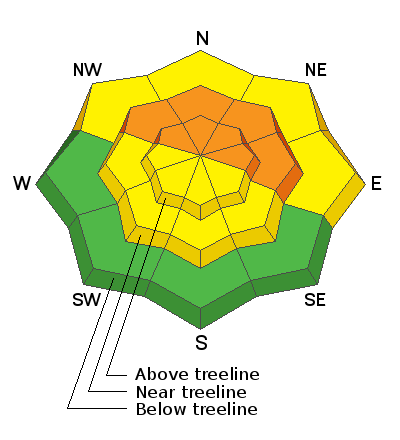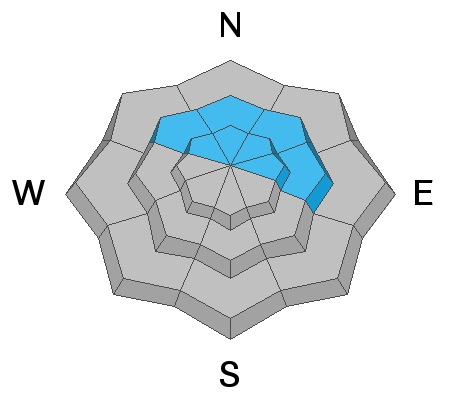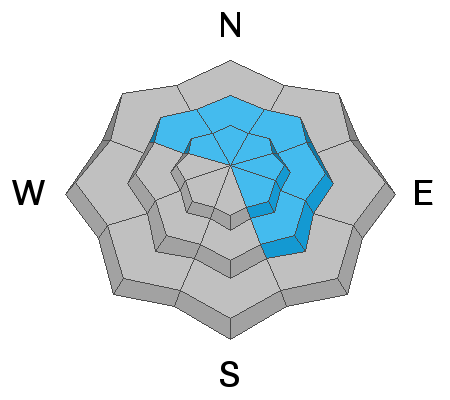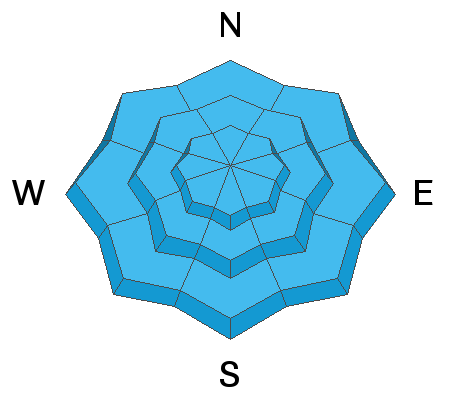Forecast for the Moab Area Mountains

Issued by Eric Trenbeath on
Wednesday morning, February 23, 2022
Wednesday morning, February 23, 2022
Dangerous and tricky avalanche conditions exist!
The avalanche danger is CONSIDERABLE and human triggered avalanches are likely on steep slopes near and above treeline that face the north half of the compass. New and wind drifted snow is piling up on a variety of old and weak snow surfaces and a variety of avalanche problems exist. Backcountry travelers need to have excellent route finding and snow stability analysis skills. The danger is generally MODERATE on steep slopes facing the south side of the compass.

Low
Moderate
Considerable
High
Extreme
Learn how to read the forecast here









